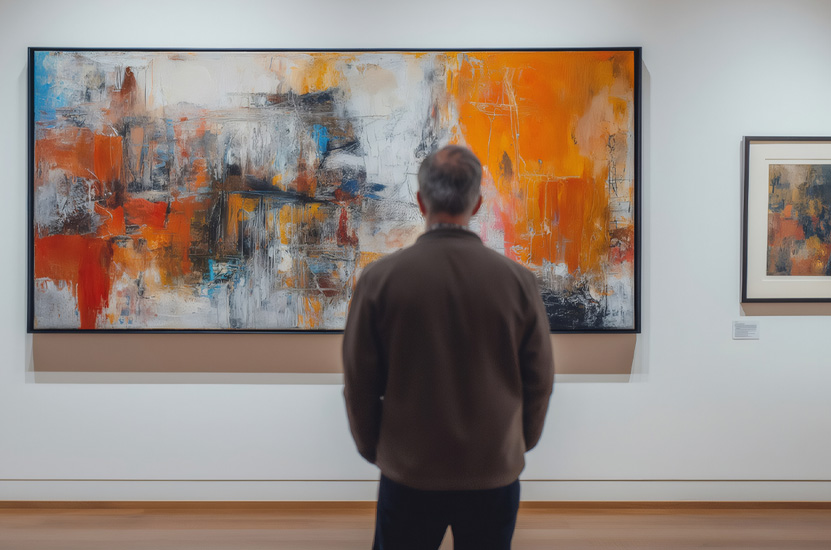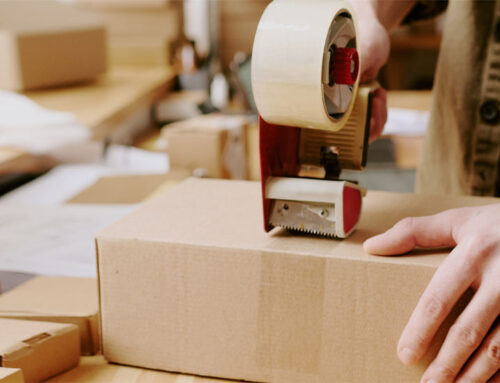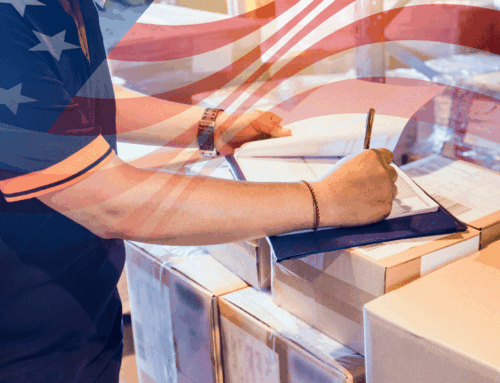We were delighted to be invited to contribute an article headed “A Collector’s Guide to International Shipping” for the Anarchy Art Club’s newsletter. You can read our contribution below, and the the full edition here.
From the Anarchy Art Club Newsletter:
Whether you’re acquiring works from a gallery overseas, sending a piece to an international fair, or relocating your private collection, to some international shipping can feel like a daunting prospect.
The good news? With the right support and a little know-how, you can move art around the world confidently and securely.
Timing – plan like a curator
Shipping art internationally takes time. Crating, documentation, customs clearance and safe transport all need to be factored in. If you’re working to a deadline for an exhibition opening for example, build in buffers. Never assume deliveries will arrive exactly within the delivery schedule, outside factors can cause delays. However, if you are well prepared, the chances of delays are minimised.
Choosing the right art logistics partner – use people who know Standard delivery services aren’t designed for the needs of fine, valuable or fragile art. Specialist art logistics providers like Flight Logistics – ShipArt offer tailored shipping solutions dedicated to delivering on time and reducing risk of damage.
Whether you’re a seasoned collector or new to the art world, working with professionals who understand art handling and international regulations can mean the difference between a seamless shipment and a logistical nightmare. With organisations like Flight Logistics – ShipArt, everything is done in consultation with the artist, gallery, buyer or collector, ensuring the artwork is handled with the same care it was created with.
Documentation – be prepared for customs requirements
An artwork crossing borders involves more than a shipping label. You’ll need a commercial invoice, detailed artwork description (including artist, title, medium, and value), and possibly a Certificate of Authenticity. Depending on origin and destination, you may also need export licenses and customs documentation. Errors or omissions can result in delays at Customs as well as fines, or worse… confiscations.
Packing – not just a cardboard box
The biggest risk to your artwork in transit is physical damage – usually caused by poor packaging. Forget bubble wrap and off-the- shelf boxes. Professional art shippers create custom-built crates designed to protect against impact (and in some cases humidity). For sculptures, the packing method often involves cavity packing or custom foam and plywood supports. The goal is simple: zero movement inside the crate, even if it’s flipped.
Insurance – your safety net
It is advisable to have your own goods in transit insurance in place from the moment it leaves your hands to the moment it reaches its destination. Make sure your policy covers international transit and that it’s based on the artwork’s current market value. Professional shippers like Flight Logistics – ShipArt can offer insurance subject to certain conditions being met (clients can ask for quotes on specific jobs). Alternatively, you could consider a specialist fine art policy arranged through a broker.
Temporary importation – when your artwork is coming back
A Carnet (also known as an ATA Carnet) is a common solution for when temporarily exhibiting artwork abroad, particularly when multiple pieces are being shipped, or indeed, an entire exhibition.
It is an international customs document that simplifies the temporary importation and re-exportation of goods. There are extremely strict rules regarding its use, and it can only be used in countries on the ATA System, and when all items being shipped are also being returned (on the same Carnet). Purchased from a Chamber of Commerce it serves as a customs declaration for temporary importation and includes detailed information about each artwork such as descriptions and values.
Summary
With thoughtful preparation and the right team by your side, international art shipping doesn’t have to be an anxiety- inducing experience. Instead, it becomes part of the journey – bringing your collection safely to wherever in the world it needs to go.














